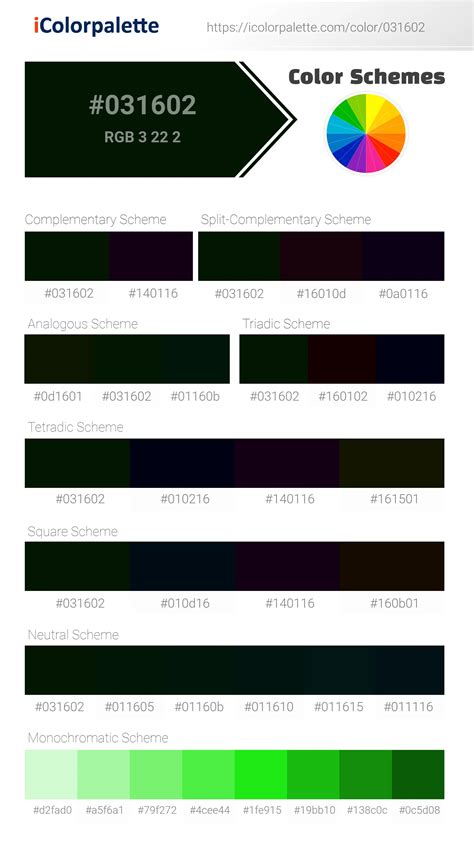Definition and Origin of Oil Slick Color
Oil slick color refers to the iridescent rainbow-like effect on water caused by a thin film of oil or other substances. It occurs due to interference and diffraction of light as it passes through the oil film.

How Oil Slick Color is Formed
Oil slick color is formed when sunlight hits a thin film of oil on the water’s surface. The oil film creates a barrier that partially reflects and partially transmits light. The different wavelengths of light interfere and diffract with each other, creating the rainbow-like effect.
Factors Affecting Oil Slick Color
The color of an oil slick can vary depending on several factors, including:
- Oil thickness: The thicker the oil film, the more intense the color.
- Incident light angle: The angle at which light strikes the oil film affects the wavelengths that will be reflected or transmitted.
- Oil composition: The chemical composition of the oil determines how it interacts with light, resulting in different colors.
Applications of Oil Slick Color
The unique and eye-catching appearance of oil slick color has inspired various applications:
- Art and Design: Artists use oil slick color as an aesthetic element in paintings, sculptures, and other art forms. Designers incorporate it into furniture, clothing, and home decor to create a modern and vibrant look.
- Holography: The holographic effect produced by oil slick color has been used in security features, anti-counterfeiting measures, and artistic installations.
- Cosmetics: Oil slick color pigments are added to makeup products such as lipsticks, eyeshadows, and nail polishes to create a shimmering and iridescent effect.
- Scientific Research: Oil slick color can be used as a laboratory tool to study the properties of thin films and light interference.
Table 1: Oil Slick Color Shades by Thickness
| Oil Thickness (mm) | Color |
|---|---|
| 0.001 | Silver |
| 0.002 | Yellow |
| 0.003 | Orange |
| 0.004 | Red |
| 0.005 | Violet |
Table 2: Oil Slick Color Shades by Incident Light Angle
| Incident Light Angle (degrees) | Color |
|---|---|
| 0 | White |
| 10 | Blue |
| 30 | Green |
| 60 | Red |
| 90 | Black |
Table 3: Applications of Oil Slick Color
| Application | Industry | Purpose |
|---|---|---|
| Decorative Coatings | Art, Design | Create iridescent effects |
| Anti-Counterfeiting | Security | Prevent forgery |
| Holographic Displays | Entertainment | Create holographic images |
| Colorimetric Analysis | Scientific Research | Study thin film properties |
Table 4: Benefits of Utilizing Oil Slick Color
| Benefit | Description |
|---|---|
| Enhance Aesthetic Appeal | Adds visual interest and vibrancy |
| Prevent Forgery | Creates unique and recognizable patterns |
| Engage Viewers | Captures attention with its shimmering effect |
| Facilitate Research | Provides insights into light interference and thin film behavior |
FAQs
- What causes the rainbow-like effect in oil slicks? Interference and diffraction of light as it passes through the oil film.
- Can oil slick color be artificially created? Yes, through techniques such as thin film deposition or chemical reactions.
- Is oil slick color harmful to the environment? Yes, oil spills can pollute water bodies and harm marine life.
- Are there any new applications for oil slick color being explored? Yes, including its potential use in solar cells and energy storage.
- What is an innovative word to describe oil slick color? “Chromatalure,” meaning “light-on-water.”
- Why is oil slick color important? It offers unique aesthetic and practical applications across various industries.
- How can businesses benefit from using oil slick color? By enhancing brand recognition, preventing counterfeiting, and captivating customers.
- What are the challenges associated with using oil slick color? Its production can be complex, and accidental spills can pose environmental risks.
